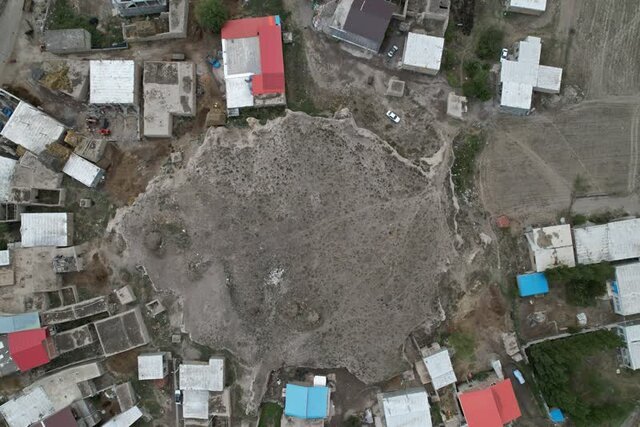Archaeological excavation to shed new light on Ardabil plain

TEHRAN – Following an initial survey on Tepe Beris of Ardabil, a team of archaeologists is to commence excavation on the hill intended to shed new light on the history of human settlement in the northwestern Iranian province.
The archaeological excavation will continue for 45 days, and through exploring this site, the sequence of ancient and prehistoric cultures in Ardabil plain will be more precisely identified than ever before, the deputy provincial tourism chief said on Monday.
“The dig marks the second phase of studies at Beris hill, which is situated in Namin county,” Alireza Dabagh-Abdollahi said.
“The initial phase of archaeological studies at this historical hill was previously conducted to determine the final extent of this site, and currently, archaeologists are studying prehistoric cultures in this area.”
Dabagh-Abdollahi noted the excavation, which is authorized by the Cultural Heritage Research Institute, marks the initial steps in understanding the sequence of prehistoric cultures in the Ardabil plain.
Highlighting the significance of the hill, he continued, “This site has been registered as one of Iran's national monuments and is considered one of the few large ancient sites in the Ardabil plain.”
Ardabil province, located in northwest Iran with a population of 1.28 million and comprising 12 counties, is considered a significant destination for domestic and international tourists due to its natural, historical, religious, and economic attractions.
Situated on a high, windswept plateau, Ardabil is well known for having abundant natural beauty, hospitable people, and its silk and carpet trade tradition. It is also home to UNESCO-registered Sheikh Safi al-Din Khanegah and the Shrine Ensemble. It is freezing in winter and mild in summer, attracting thousands every year.
Ardabil, the provincial capital, has been selected as the 2023 ECO Tourism Capital by the Economic Cooperation Organization.
AFM
